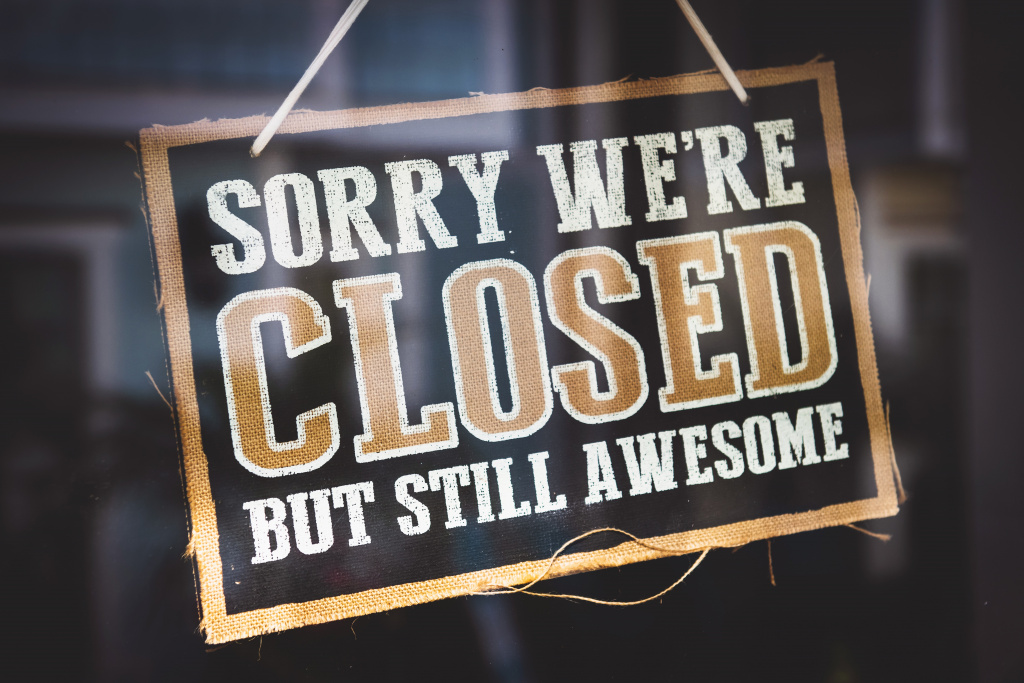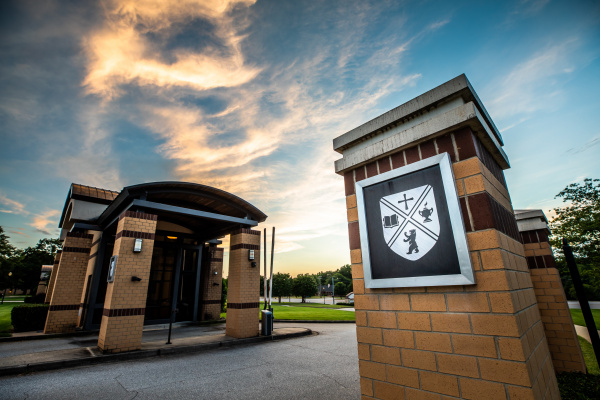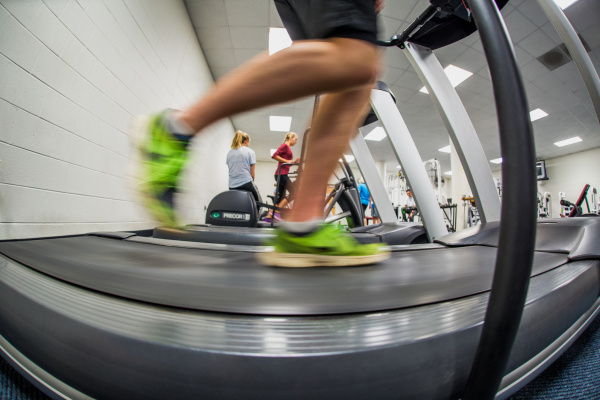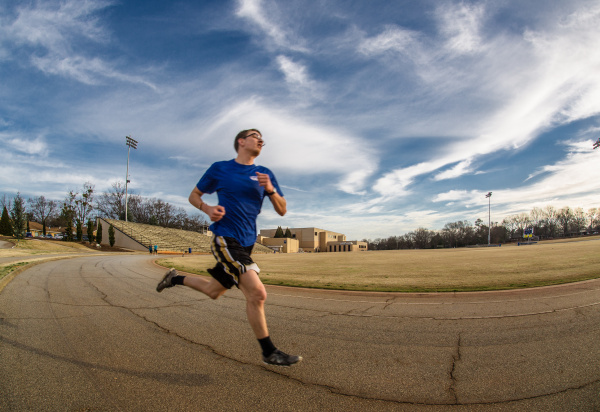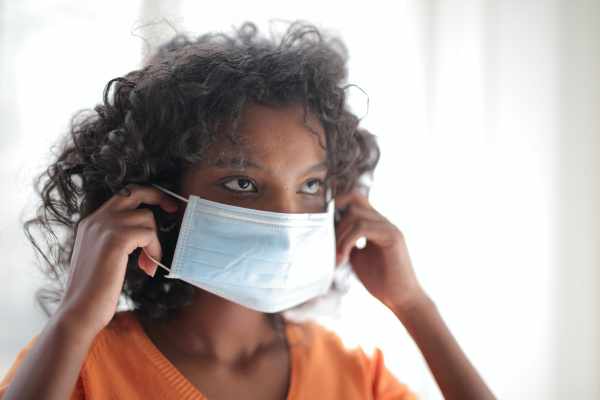For the last two weeks, the CDC has reported a decline in the numbers of influenza-like illnesses and confirmed cases of SARS-CoV-2. Scientists and public health experts are still very cautious about the dangers of opening the country too soon, but the federal government and many states have moved forward with plans to open this week. Here is what you need to know about the government’s strategy for reopening America.
Three-Phase Plan
The Trump administration has prepared a three-phase approach for reopening America that depends on a list of criteria that states must meet. However, before a state even begins the phases of reopening, it must meet the following gating criteria:
Symptoms: Downward trend of influenza-like illnesses reported within a 14-day period AND downward trajectory in Covid-like syndromic cases reported within a 14-day period.
Cases: Downward trajectory of documented cases within a 14-day period OR downward trajectory of positive cases as a percent of total tests within a 14-day period.
Hospitals: Treat all patients without crisis care AND robust testing program in place for at-risk health care workers, including emergency antibody testing.
Phase One
Vulnerable people (elderly, immunocompromised or serious underlying health risks) are encouraged to continue to shelter in place and should not have contact with any outside friends or family.
Public social gatherings should remain at 10 people or less, unless appropriate social distancing can be met, such as at receptions or trade shows.
Non-essential travel should still be minimized and out of state travel should be followed by a 14-day self-quarantine period.
Employers are advised to continue encouraging employees to work remotely.
Large venues such as movie theaters, sit-down dining, sporting events and places of worship can reopen under strict social distancing protocols.
Schools and organized youth activities are to remain closed.
Bars should also remain closed, but gyms and restaurants may reopen if strict social distancing and sanitation measures are enforced.
Phase Two
Vulnerable people are encouraged to continue sheltering in place.
Public gatherings should not exceed more than 50 people.
Non-essential travel may resume with no need for self-quarantine after interstate travel.
Employers are advised to continue encouraging telework and close common areas where employees may congregate and exceed social distancing guidelines.
Schools and youth organizations may reopen.
Large venues such as movie theaters, sit-down dining, sporting events and places of worship can reopen under moderate social distancing protocols. Bars may also reopen.
Phase Three
Vulnerable people may resume public interactions but must practice social distancing, and visits to assisted living/retirement homes may resume.
Employers may allow unrestricted staffing of worksites.
Large venues may continue to operate under appropriate social distancing protocols.
The above information is from: https://www.whitehouse.gov/openingamerica/#vulnerable-individuals
State information is from: https://www.nytimes.com/interactive/2020/us/states-reopen-map-coronavirus.html
Current Situation
The following states entered Phase One by May 1:
- Alabama
- Alaska
- Colorado
- Georgia
- Idaho
- Iowa
- Maine
- Minnesota
- Mississippi
- Montana
- North Dakota
- Oklahoma
- South Carolina
- South Dakota
- Tennessee
- Texas
- Utah
- Wyoming
The following states plan to enter Phase One soon after May 1:
- Indiana
- Kansas
- Missouri
- Nebraska
- West Virginia


